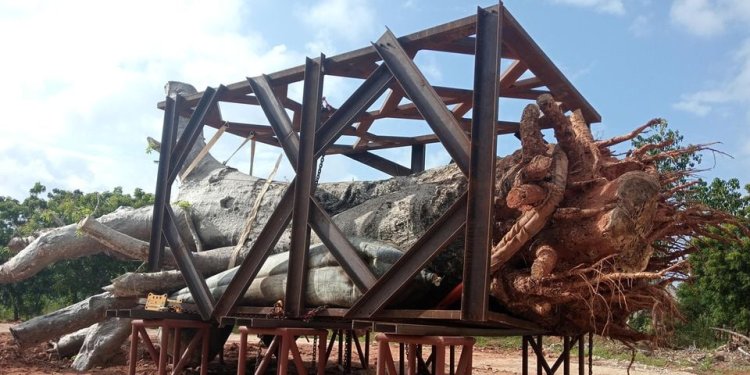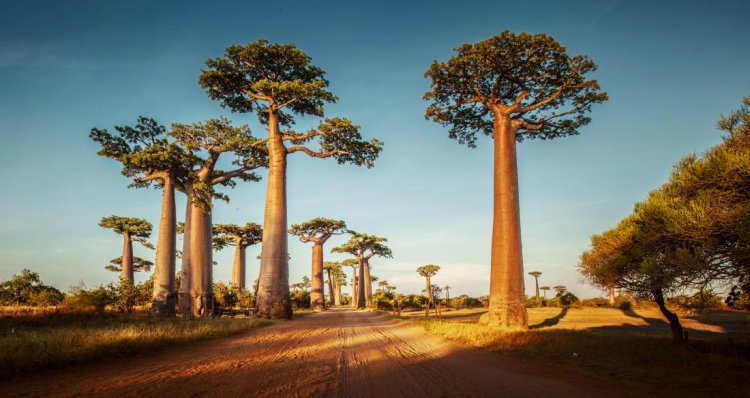Ruto Orders CS Tuya To Probe Uprooting Of Kilifi Baobab Trees
With the directive, the exercise is expected to be suspended after it kicked off on...

President William Ruto has tasked the Ministry of Environment and Forestry, now under Cabinet Secretary Soipan Tuya to carry out investigations into the uprooting of baobab trees in Kilifi County for export to Georgia, USA.
This is after a company secured a deal to export the famous trees to the American nation and according to the Nation, the exercise received a nod from the Kenya Plant Health Inspectorate Service (KEPHIS).
The National Environment Management Authority (NEMA) as well as the County Government of Kilifi had also given the green light for the export.

A baobab tree uprooted at the Tezo area in Kilifi North constituency. /DAILY NATION
In a statement on Monday, November 21, the Head of State noted that the probe was to ensure that the state falls within the realm of the Convention on Biodiversity and the Nagoya Protocol and that Kenyans would benefit from the project.
"I have instructed the Ministry of Environment and Forestry to look into the ongoing uprooting of Baobab trees in Kilifi County to ensure that it sits within the Convention on Biodiversity and the Nagoya Protocol.
"There must be adequate authorisation and an equitable benefit-sharing formula for Kenyans. Further, the exercise must be in line with the Government’s agenda of planting 15 billion trees in the next 10 years," he stated.
With the directive, the exercise is expected to be suspended after it kicked off on Friday, November 18 which saw an estimated eight trees uprooted for export.
The report stated that Ariba SeaWeed International was allowed to cut the trees in Mtondia and Tezo for botanical purposes for two years.
The Kenya Forest Service (KFS) issued the approval on November 1, 2022, because the International Union for Conservation of Nature (IUCN) had listed them as an endangered species.
It also said the baobab is not a protected tree species in Kenya and not on any appendices of the Convention on International Trade in Endangered Species of Wild Fauna and Flora (CITES), a multilateral treaty to protect endangered plants and animals from the threats of international trade.
The Nagoya Protocol on Access to Genetic Resources and the Fair and Equitable Sharing of Benefits Arising from their Utilization to the Convention on Biological Diversity is an international agreement which aims at sharing the benefits arising from the utilization of genetic resources in a fair and equitable way.
It entered into force on October 12, 2014, 90 days after the date of deposit of the 50th instrument of ratification.
Traditionally, baobab leaves, bark, and seeds have been used to treat “almost any disease,” including malaria, tuberculosis, fever, microbial infections, diarrhoea, anaemia, toothache, and dysentery. The leaves and fruit pulp have been used to reduce fever and stimulate the immune system.

An image of baobab trees. /FILE






